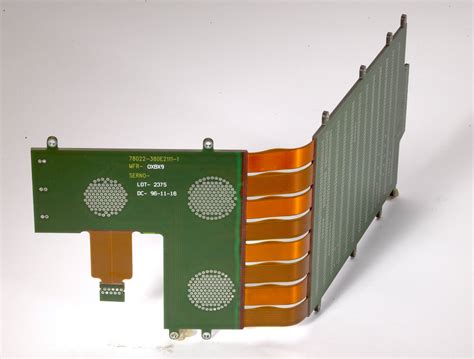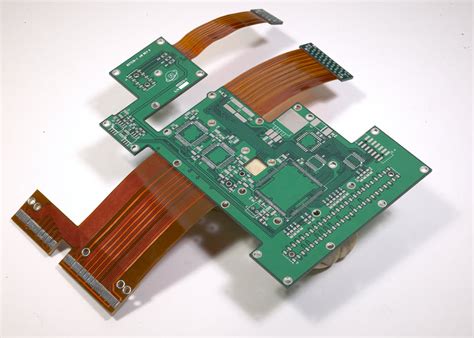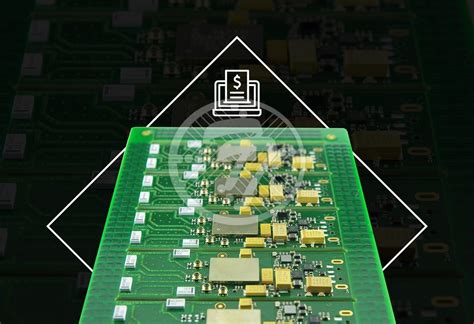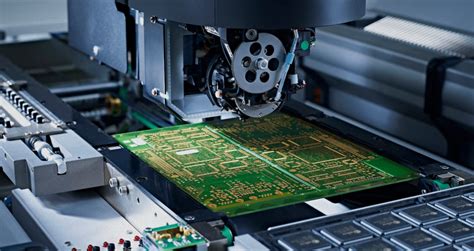How to improve the wiring efficiency in PCB design
The wiring is an extremely important part of the PCB design and it will directly affect the performance of the PCB board. In the PCB design process, layout engineers all have their own understanding of the layout, but all layout engineers are consistent in how to improve the efficiency of wiring, so that not only can save the project development cycle for the customer, but also can ensure the maximum Quality and cost. The following is a general design process and steps.

1, determine the number of PCB layers
The board size and the number of wiring layers need to be determined early in the design. If the design requires the use of high density ball grid array (BGA) components, the minimum number of wiring layers required to route these devices must be considered. The number of wiring layers and the stack-up method directly affect the wiring and impedance of the printed lines. The size of the board helps to determine the stacking method and the width of the printed lines to achieve the desired design effect.
2, design rules and restrictions
The automatic routing tool itself does not know what to do. To complete the wiring tasks, the wiring tools need to work under the correct rules and restrictions. Different signal lines have different wiring requirements. All special signal lines must be classified. Different design categories are different. Each signal class should have priority. The higher the priority, the stricter the rules. The rules relate to the width of the trace, the maximum number of vias, the parallelism, the mutual influence between the signal lines, and the restrictions of the layers. These rules have a great influence on the performance of the routing tool. Serious consideration of design requirements is an important step in successful cabling.
3, the layout of the components
In order to optimize the assembly process, the Design for Manufacturing (DFM) rules impose restrictions on the layout of components. If the assembly department allows components to move, the circuit can be properly optimized for easier autowiring. The defined rules and constraints affect the layout design.
Zhongguancun Yuankunzhi Workshop is committed to provide one-stop electronic components online procurement services, provide thousands of electronic components procurement, price inquiry and trading, to ensure that all components are from the original channel of the original factory or agent Procurement, guaranteed original authentic, is a professional electronic components procurement site in China
4 fan out design
During the fan-out design stage, the auto-wiring tool must be able to connect the component pins. Each surface-mount device pin should have at least one via hole so that the circuit board can make inner layers when more connections are needed. Connection, in-circuit test (ICT) and circuit reprocessing.
In order to maximize the efficiency of the auto-wiring tool, it is imperative to use the largest via size and traces as much as possible, with an interval setting of 50 mils ideal. Use the type of via that maximizes the number of routing paths. When conducting the fan-out design, consider online circuit test issues. Test fixtures can be expensive and are usually ordered just before full production. It is too late to consider adding nodes to achieve 100% testability.
5, manual wiring and key signal processing
Although this article mainly discusses the issue of auto-wiring, manual cabling is an important process for PCB design now and in the future. Using manual routing helps the automatic routing tool to complete the wiring work. Regardless of the number of critical signals, these signals are first routed, manually routed or combined with automated routing tools. The critical signal must usually pass the careful circuit design to achieve the desired performance. After the wiring is completed, the relevant engineering personnel will check these signal wirings. This process is relatively easy. After the inspection passes, the wires are fixed and then the other signals are automatically routed.
6, automatic routing
The wiring of key signals needs to consider the control of some electrical parameters during wiring, such as reducing the distributed inductance and EMC, and the wiring of other signals is similar. All EDA vendors provide a way to control these parameters. After understanding the input parameters of the automatic routing tool and the influence of the input parameters on the wiring, the quality of the automatic wiring can be guaranteed to some extent.
7, the appearance of the circuit board
Previous designs often paid attention to the board’s visual effects and are now different. The circuit board designed automatically is not more beautiful than the manual design, but it can meet the requirements of the electronic characteristics, and the complete performance of the design is guaranteed.
For layout engineers, whether the technology is severe or not should not be judged only by the number of layers and speed. Only when the number of devices and signal speed are equal, the smaller the area, the lower the number of layers, the lower the cost. The PCB board has been designed to ensure good performance and aesthetics. This is the master.

Explanation of via cap oil and via opening
Simple Meaning of Nouns
The via cover oil, ie the solder ring of the via, is covered with ink.
Through-hole windowing: The through-hole (via) solder ring exposed (as exposed as a component pad) on the tin, generally can be used to debug the measurement signal, the disadvantage is likely to cause a short circuit.
Via treatment
The first type, windowing, is the same as the pad can be easily on the tin inspection standard: on the tin
Second, cover oil, inspection standards: it is not easy to apply tin on the surface of the patch. This is a process-determining process. The reason why the via hole does not cover the oil is as follows: because the solder resist oil is liquid, the middle of the via hole. It is also empty. During the process of baking, the solder resist oil on the solder mask ring can easily enter the via hole, resulting in yellowing of the via hole. In this case, the concentration of the solder resisted, the oven and the strength Relevant, so there will be some of the root causes that can appear green and some cannot appear,
The third, plug oil, inspection standards, opaque above the oil must have the second process of this kind of problem, and for bga like vias, the requirements are more demanding, so with the process of plug oil, It is an important supplement to the second kind. The process of plugging oil is to plug the entire hole of the via hole and plug it into the via hole so that the oil on the solder ring will not flow into the via hole. No yellowing of via holes occurs.







